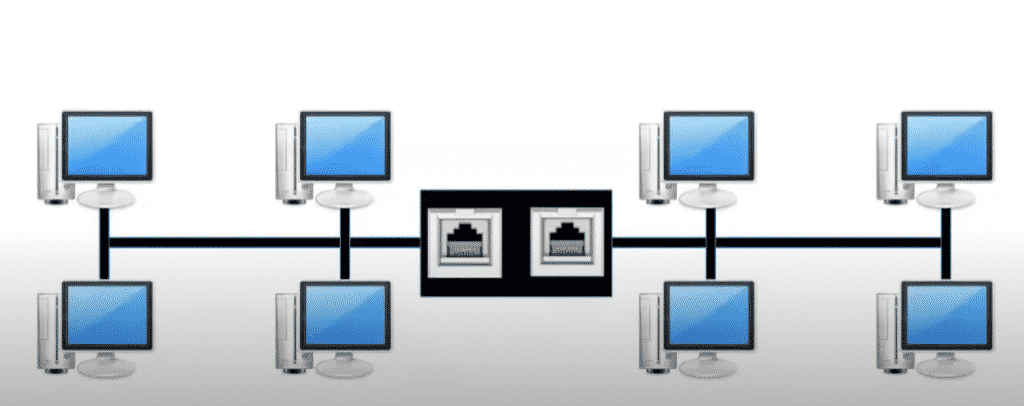
Introduction
If you have ever been linked to Wi-Fi connectivity, then it is inevitable that you must know about bridge mode. Bridge mode is one of those inventions that made it simple for us to connect different modem without having any data loss. It enables you to divide a Local Area Network (LAN) into various segments.
Generally speaking, bridge mode enables you to connect two or more routers without affecting the performance of your internet. This methodology is used for increasing Wi-Fi coverage with the help of routers.
Why do You Need Bridge Mode?
Most of the time, we use private Wi-Fi connectivity that does not allow other devices to share your confidential material via Wi-Fi. It is quite beneficial, but, it will be difficult for you to transfer files from your personal computer to other devices. With bridge mode enabled, you can give IP addresses to any physical device.
While using bridge mode, you can do it with ease as it will add more routers to your Wi-Fi connection allowing you to connect with different devices without compromising on your data security. Bridge mode works under the data link layer of the OSI model. Along with it, it allows you to store the Media Access Control (MAC) address of PC available in a network.
Bridge Mode or Routed Mode?
There’s a great debate when it comes to choosing between bridge mode and router mode. Both the bridge and the routed mode has its own merits, and people may choose whatever suits their work.
Bridge Mode
Bridge mode works to provide a connection between two LANs. So, the traffic will flow from the LAN network. In bridge mode, you can only create HTTP and HTTPS services. Moreover, in bridge mode, services not configured as VIP will pass through the box by default. Bridge mode is used to reduce network traffic.
Routed Mode
On the other hand, in router mode, you can easily modify the data path from the device. Router act as a central device on wireless mode. Unlike bridge mode where traffic flows from LAN network, in the routed mode it is on a different subnet.
What Is The Advantage Of Bridge Mode?
- Enables Bus Topology
Basically, in the bridge mode, we use bus topology. Using this method, you can send a single piece of data to all the available PCs in the network by just sending it to a single unit. It helps you to create a lot of traffic.
- Reduces Bandwidth Loss
The reason why most of the people bet on bridge mode instead of the routed mode is the mitigated bandwidth loss. The bridge mode manages the flow of traffic and cuts off all the unnecessary flow of data between segments.
- Bridge Mode Reduces Collision
The best thing about the bridge mode is that it assists you to reduce collision. In a bridge mode, a separate collision domain is created on either side of the bridge for the reduction of collision during work.
- Subdivision of Network into Segments
In bridge mode, you divide LAN into two segments. So, when you send data, it goes directly to the bridge, and the bridge decides whether to send it to segment one or segment 2. It helps you to reduce traffic whenever you want to.
Conclusion
Bridge mode is one of the most reliable and fast networking method used in offices and other such places. It reduces your workload and can easily connect you to a varied number of PCs with minimum efforts used. The article has covered more or less everything about the advantages that you can get while using bridge mode.